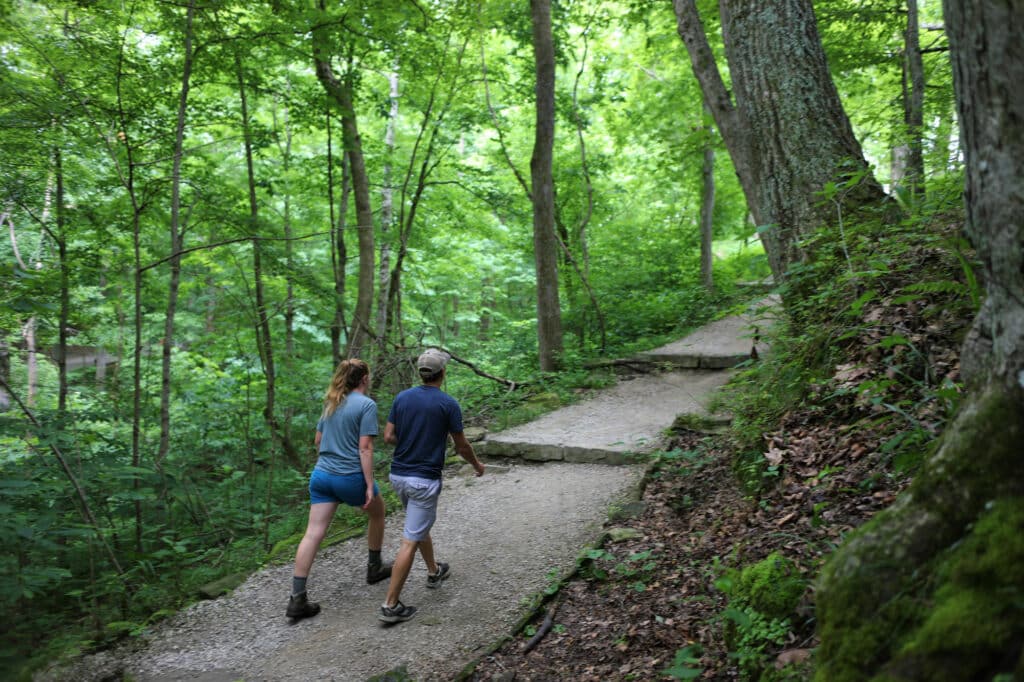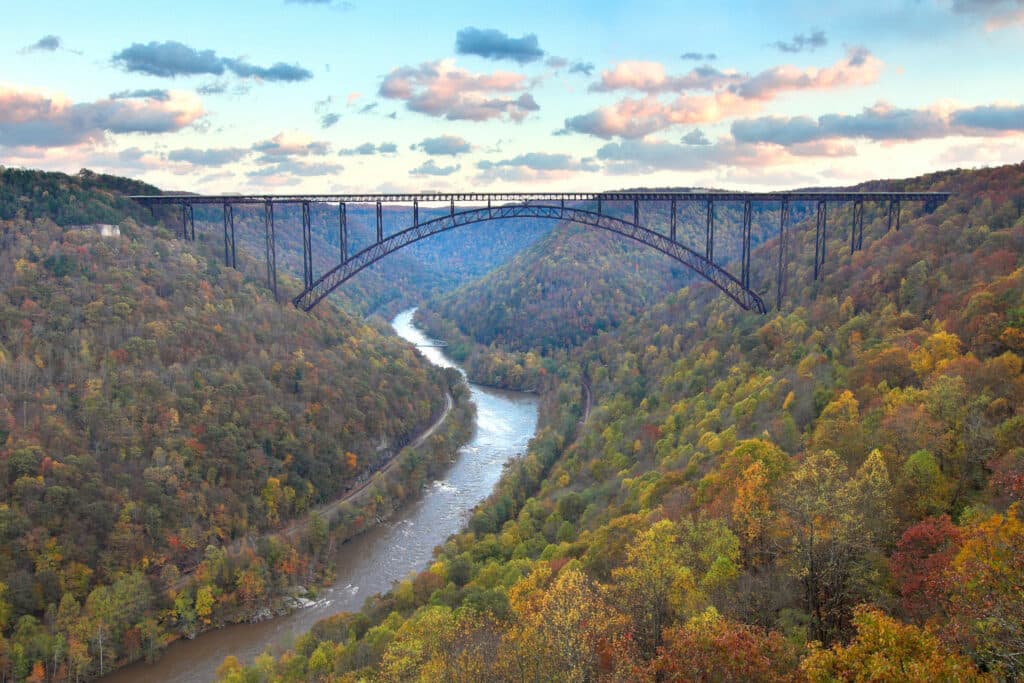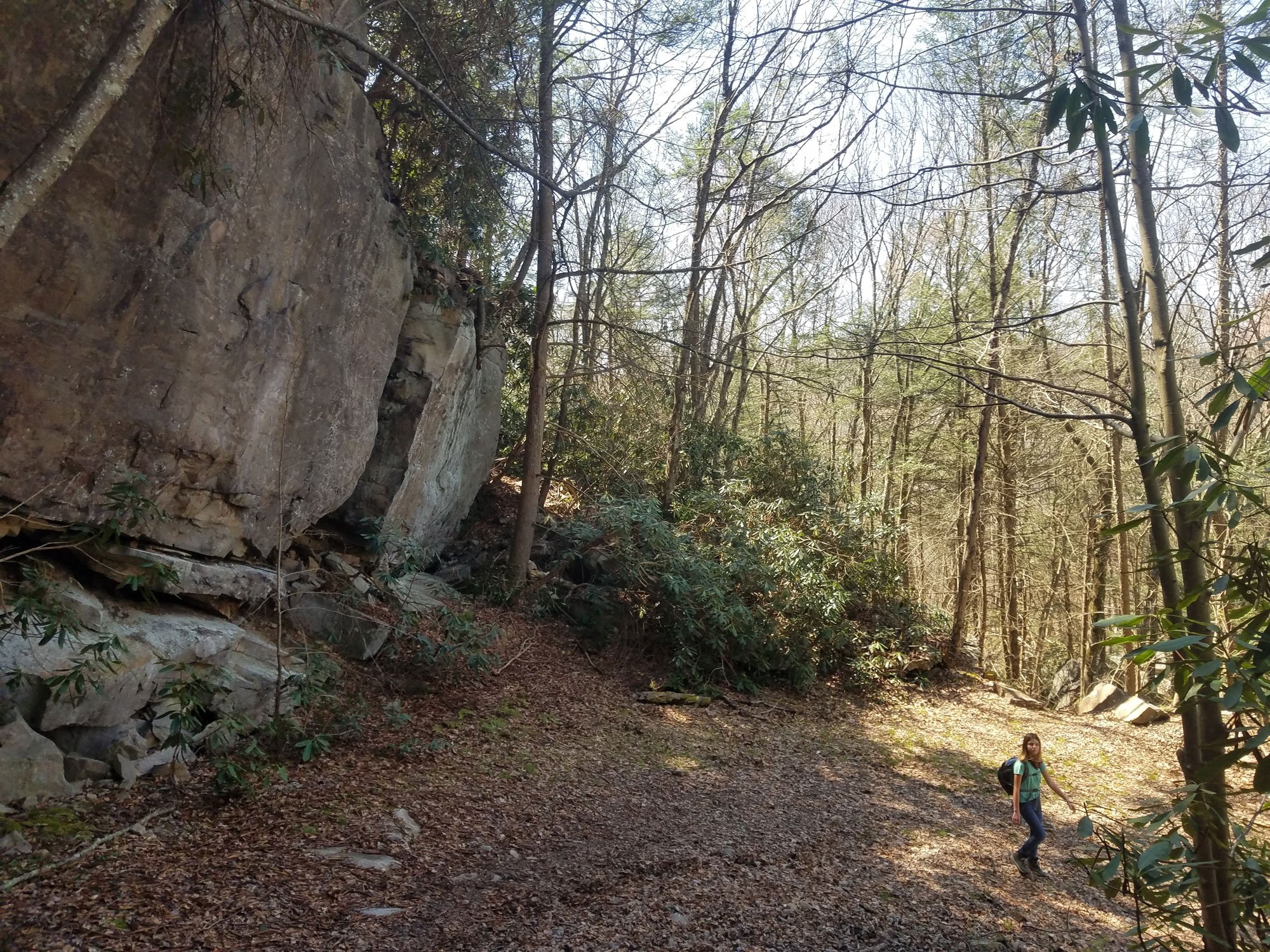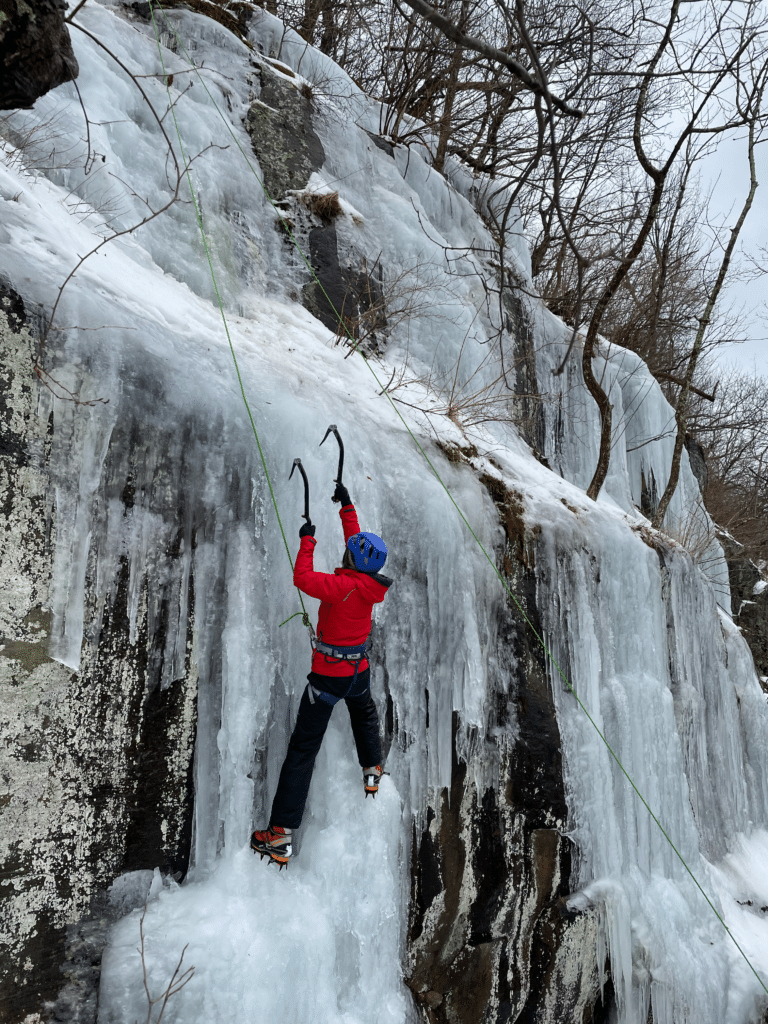A Walk in the Park
Our region’s national parks have so many trails that it can be hard to know where to start. Epic views, or plunge into a swimming hole? Steep climb that leaves your heart racing? Or maybe just a mellow stroll with the family? The options are endless, which is why we put together a few of the best hikes from some of the most beloved national parks in the Southeast.
Charlies Bunion – Great Smoky Mountains National Park, N.C./Tenn.
Anyone who has ventured to the crest of the highest ridge in the Smokies has seen the range’s stunning views and mystical forests. Traversing the ridge line is the famous Appalachian Trail, and, with multiple access points throughout the park, it is easy to hop on and enjoy this amazing stretch.
A favorite for many is the out-and-back hike to Charlies Bunion. The eight-mile trek starts (and ends) at the Newfound Gap parking area and immediately begins twisting along the rocky ridge. The trail takes visitors through high elevation spruce-fir forests, which are teeming with wildflowers in May and into June. Along the way there are multiple lookouts with incredible views, culminating at the breathtaking vantage offered from the rocky outcropping known as Charlies Bunion, named after, well, literally the bunion of a man named Charlie, by one of the early founders of the park.
If eight miles isn’t enough, the Appalachian Trail continues in both directions along the ridge, with many spur trails along the way. If you’re looking to spend the night, there are many campsites right off highway 441, which crosses right through the park. Reserve a site early, as they fill up fast.
Rose River Trail – Shenandoah National Park, Va.
Deep in the heart of Shenandoah National Park, the Rose River Loop Trail is a great spot for a half-day hike to a quintessential Blue Ridge waterfall. The trailhead parking is right off Skyline Drive, making the 3.8-mile loop a great hike to get a break from the car for visitors driving through the park.
This easy loop goes through hardwood forests along the Rose River and Hogcamp Branch, and, while it is best known for Rose River Falls, there are many cascades along the way. There is even an old family cemetery just off the trail.
While the loop is under four miles, it connects to a network of nearby trails that navigate creeks and climb to mountaintops, all accessible from the same trailhead. In fact, just on the other side of Skyline Drive is Big Meadows Campground, which offers sites for RVs and tents for those who want to explore for a few days or longer.

Green River Bluff Loop – Mammoth Cave National Park, Ky.
If you’ve never been to Mammoth Cave or the parts of Kentucky surrounding it, add it to your adventure bucket list. The park’s namesake cave was formed in a unique limestone geology that also has led to immense rocky outcroppings, incredible waterfalls, and fascinating flora.
Aptly named, this trail meanders mostly along a bluff above the Green River area of the park. Perched upon the bluff, you can enjoy views of the river all year long. In between the vistas, the trail is home to a number of sinkholes and interesting rock formations. If you’re looking to cool off or just hang by the river, there is a spur trail about halfway through the loop that leads to beach access. While doable for the whole family, be ready for some steep stretches and rocky terrain.
Hiking this or any of the trails is a great way to pass time while you wait for a scheduled tour of the mammoth caves, an experience that books up quickly and requires reservations, especially in summer and fall. The colossal cave has an estimated 1,000 miles of trails to explore, with many different tour options to different parts of the caverns.

Glade Creek Trail – New River Gorge National Park and Preserve, W.Va.
West Virginia’s New River Gorge is the oldest gorge in the Appalachian mountains, with a surrounding landscape characterized by massive boulders, steep sandstone cliffs, and tons of ancient fossils. While it is most known as an incredible destination for whitewater paddlers and rock climbers, there is no shortage of opportunities for hikers.
The Glade Creek trail follows an abandoned railroad bed along the creek. For those looking for a swimming hole during the trek, there are spots to hop in along most of the trail, many of which have crystal clear cascades flowing into them. Glade Creek is also popular for anglers, so hikers may also want to pack a fly rod.
The New River Gorge is home to some of the most pure bituminous coal in the whole world, which used to feed boilers of industry in the early 20th century. Since being protected and turned into a national park, mining the area has seized even while the coal remains embedded in the rock for visitors to see. In addition to the geological treasures, the trail also winds through stretches of one of the most biodiverse forests in the region, with wetlands and old-growth forests holding many threatened and endangered species.
Cover Photo: Hiking in New River Gorge National Park and Preserve. Photo by Dave Bieri/ courtesy of National Park Service








